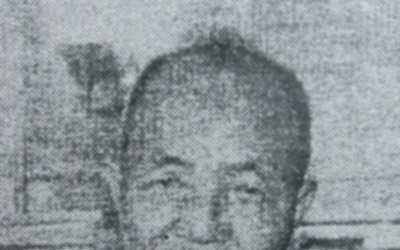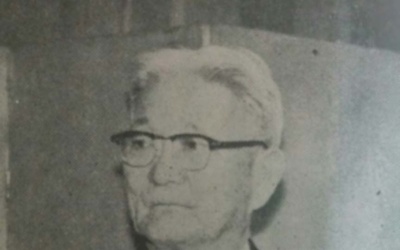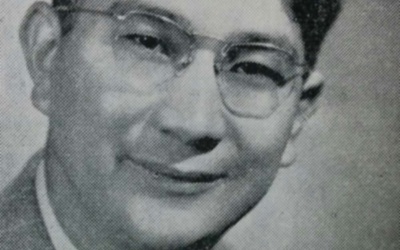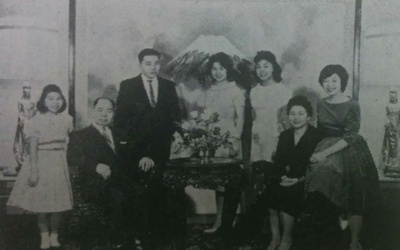Rereading "The Centennial History of Japanese Americans in the United States" - Tracing the Records of the Pioneers

In the early 1960s, a large-scale book titled "A Hundred Years of Japanese Americans in the United States" (Shin Nichibei Shimbunsha) was published, which covered the entire United States and compiled the footsteps of early Japanese immigrants, the roots of Japanese American society. Now, re-reading this book, we look back on where the first generation came from, why they came to America, and what they did. A total of 31 installments.
Stories from this series
Part 31 (final) Japanese Americans in the Southern Coastal States
Oct. 30, 2015 • Ryusuke Kawai
This series, which has been re-reading "The Centennial History of Japanese Americans," a compilation of the footsteps of first-generation immigrants to America, starting with Northern California and going almost state by state, has finally reached its final installment. The 27th chapter of the Centennial History is "The Southern Coastal States," which refers to Louisiana, Mississippi, and Alabama. Centered on the port city of New Orleans According to statistics, the Japanese population in Louisiana was 17 in 1900, rising to 31, …
No. 30 Japanese Americans in Florida
Oct. 9, 2015 • Ryusuke Kawai
Florida, located in the southeastern part of the United States, between the Gulf of Mexico and the Atlantic Ocean and jutting out into the Caribbean Sea, is one of the states farthest from Japan, but there are surprisingly many Japanese people who have made their mark there, and the "Centennial History" introduces the state over about 10 pages. "Japanese people began immigrating to the state after the Florida East Coast Railroad was built from Jacksonville to Miami in 1896. At …
No. 29 Japanese Americans in the Southern Atlantic States
Sept. 25, 2015 • Ryusuke Kawai
The first mass migration to the East Coast? The southern Atlantic states that "The Centennial History" introduces in Chapter 25 are Georgia, North Carolina, and South Carolina. According to statistics, the Japanese population in Georgia was 1 in 1900, 9 in 1910, 32, 31, 128 in each decade thereafter, and 885 in 1960. Prior to these statistics, there is the following "legend" about the first Japanese to set foot in the state, who were "the first group of immigrants on …
No. 28 Japanese Americans in the Mid-Atlantic States and Pennsylvania
Sept. 11, 2015 • Ryusuke Kawai
In the 23rd chapter of "Centennial History," the book summarizes the Japanese communities in the "Mid-Atlantic States," including the District of Columbia, Maryland, Delaware, Virginia, and Western Virginia. However, the focus of the book is on Japanese and Japanese-Americans in the capital, Washington, DC. There is almost no mention of Japanese-Americans in other states. The District of Columbia is Washington DC, also written as Washington-fu and in Chinese characters as Hua-fu. As far back as May 1860, Niimi Buzennokami Masaoki …
No. 27 Japanese Americans in New Jersey and New England
Aug. 28, 2015 • Ryusuke Kawai
I would also like to introduce Chapter 21, "New Jersey," and Chapter 22, "The New England States," which deal with Japanese Americans in the "Centennial History." Regarding New Jersey, the book summarizes two points about the footsteps of Japanese Americans. The first is about early Japanese people, and the history of Japanese people in Atlantic City, famous for its casinos. Bustling Atlantic City In 1892, an American who was doing business in Kobe organized a caravan with several other Japanese …
No. 26 Japanese Americans in New York State
Aug. 14, 2015 • Ryusuke Kawai
With a few exceptions, the "Centennial History" devotes few pages to Japanese Americans in the central, eastern, and southern states of the United States, but New York State, home to the large city of New York, is an exception, with 50 pages, including advertisements, summarizing their footsteps and activities. It is also the economic center of the city, and is lavishly decorated with advertisements from Japanese companies and stores, including banks, trading companies, transport companies, securities companies, and restaurants, such …








